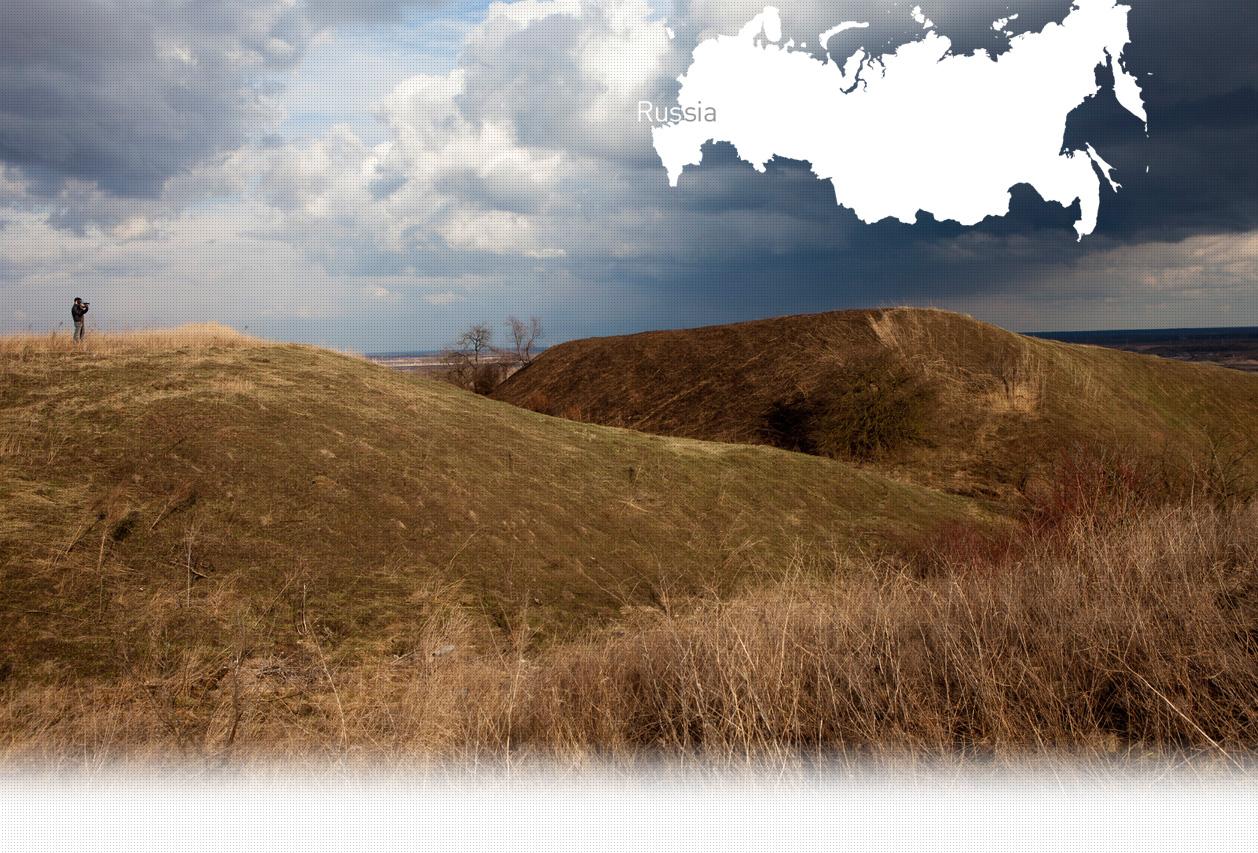

1 Killing site(s)
Vera K., born in 1927:
"YIU: Before the Germans arrived, were there refugees who came here?
W: Yes, there were evacuees of all nationalities, Ukrainians, ...what do you call them? Jews. Those poor, poor people, the Jews, were exterminated, they killed them all, even the children.
YIU: These people, did they all arrive in the village at the same time or in groups?
W: They arrived group by group and were distributed here. The evacuees barely had time to settle in when the Germans arrived. They immediately began to select the Jews.
YIU: When did these evacuees arrive here? Shortly after the war started or just before the Germans arrived?
W: No. The war started in 1941. The war started in 1941 and they arrived in the late fall of 1941.
YIU: How did these people arrive? On foot, by train, by truck?
Witness: They arrived with their own means of transportation, mostly in carts. There was almost no transportation at the time, so everyone made their own way. Most came by cart. They owned the carts and the horses. One evacuated family, consisting of a woman and four children, stayed with us. We stayed in touch for a while after the war, we sent each other letters, then we lost touch.
YIU: Do you remember this woman’s first name?
W: No. I remember one of her daughters named Nadia, I don’t remember the names of the others." (Witness n°611R, interviewed in Peregruznoye, on November 20, 2015)
"In August 1942, Germans belonging to an unknown military detachment shot 66 civilians, including children and [the] elderly, in a ravine in Peregruznoye. [A list of Jewish names follows.] All the above-mentioned citizens were shot in a ravine outside Peregruznoye. […]
In our village of Peregruznoye, the Germano-fascist troops shot 66 civilians, including 45 refugees of Jewish nationality evacuated from various areas occupied by the German invaders. Under the pretext of a census of the Jewish population for eventual displacement for labor, the German fascists gathered all 45 people, including children and elderly people, at the village Kommandantur, threw them into a truck, transported them outside the village to the ravine [Peregruznenskaya balka] and shot them there. The bodies were left in the ravine; it was forbidden to bury them." [Act drawn up by Soviet Extraordinary Commission (ChGK): GARF Fond 7021, Opis 45, Delo 3/USHMM : 22.002M, Reel 10(III) p. 23-77.]
Peregruznoye is a Russian town located 117km (73mi) southwest of Volgograd. It was founded as a khutor [settlement] in 1872. In 1897, 637 people lived there. By 1913, the population increased to 960 people. In 1929, a collective farm, called the 12th October, was established. The town’s local population was mainly involved in agriculture. There is no information regarding the Jews who lived in Peregruznoye before the war. When WWII broke out, dozens of Jewish refugees arrived in the town from German-occupied Ukraine.
Peregruznoye was occupied by the Germans in early August 1942. After the occupation began, 45 Jewish refugees, including women, children, and elderly people, were arrested in their homes. They were then loaded on trucks and taken to be shot in a ravine located outside of the village. According to the Soviet archives, the Germans massacred 45 Jews and 7 Soviet POWs during this Aktion. Romanian forces helped the Germans carry out the killings. After the war, the corpses of the victims were reburied.
Do you have additional information regarding a village that you would like to share with Yahad ?
Please contact us at contact@yahadinunum.org
or by calling Yahad – In Unum at +33 (0) 1 53 20 13 17